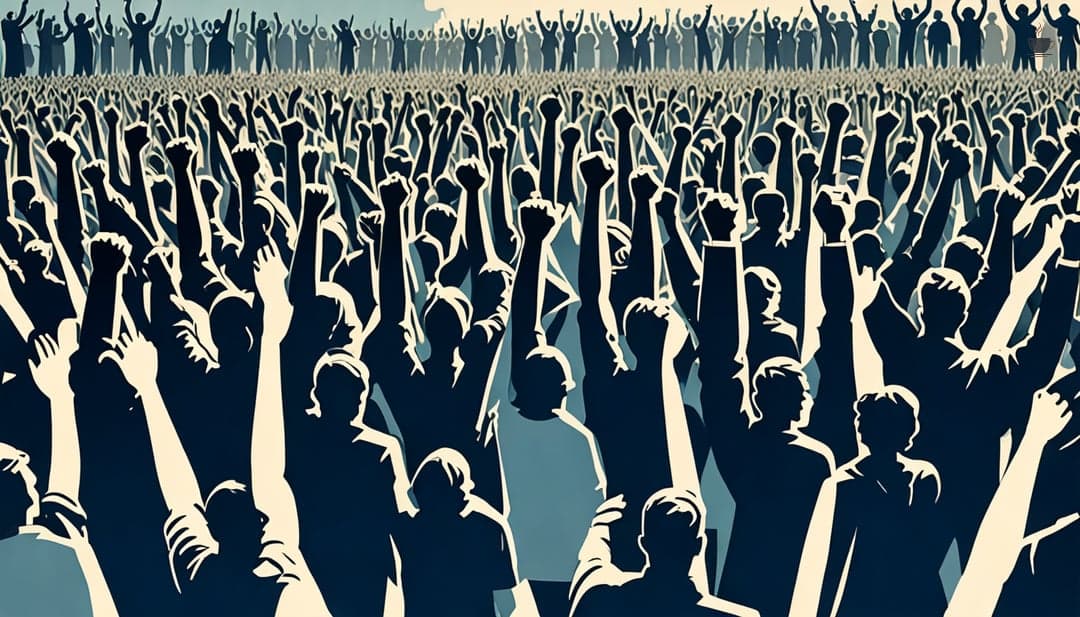
Nationwide 'No Kings' Protests Target Trump Administration's Perceived Authoritarian Actions
Democracy's fierce heartbeat
No kings shall prevail
Millions of Americans are preparing to participate in a massive nationwide protest movement on October 18, with over 2,500 events planned across all 50 states to challenge what organizers describe as authoritarian governance by the Trump administration [1][2].
The 'No Kings' protests, building on a previous demonstration in June that drew approximately five million participants, aim to send a clear message about executive overreach and the preservation of democratic principles. Hunter Dunn, a spokesperson for the coalition, emphasized that the movement seeks to demand accountability from representatives and protect democratic norms [1].
The protests are occurring against a complex political backdrop, including an ongoing federal government shutdown, increased immigration enforcement, and the controversial deployment of federal troops in several U.S. cities [3][5]. Organizers anticipate this could be the largest single day of protest in modern American history.
A diverse coalition including the ACLU, labor unions, and progressive organizations has united under the 'No Kings' banner, committed to nonviolent resistance. The movement's core message rejects what participants perceive as attempts to consolidate unchecked presidential power [2][4].
Local events are planned in major metropolitan areas and small towns alike, with participants encouraged to wear yellow as a symbol of solidarity. The protests represent a grassroots effort to celebrate free speech, the right to assembly, and fundamental First Amendment principles [3][4].
Despite criticism from some political figures, including House Speaker Mike Johnson who characterized the protests as a 'hate America rally', organizers remain resolute. Ezra Levin from the Indivisible organization predicts the October 18 demonstration will send a powerful message not just to the administration, but to lawmakers across the political spectrum [2].